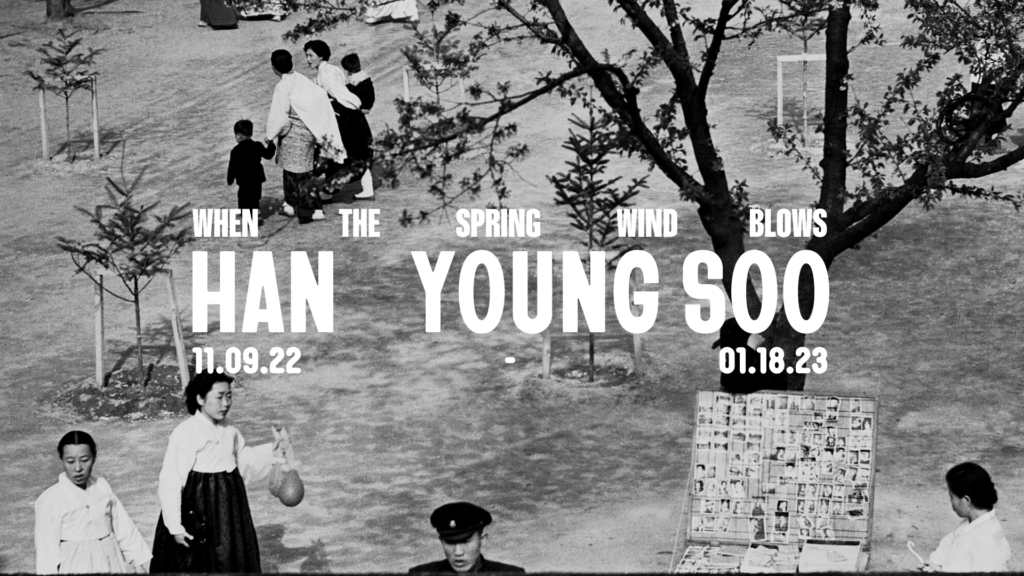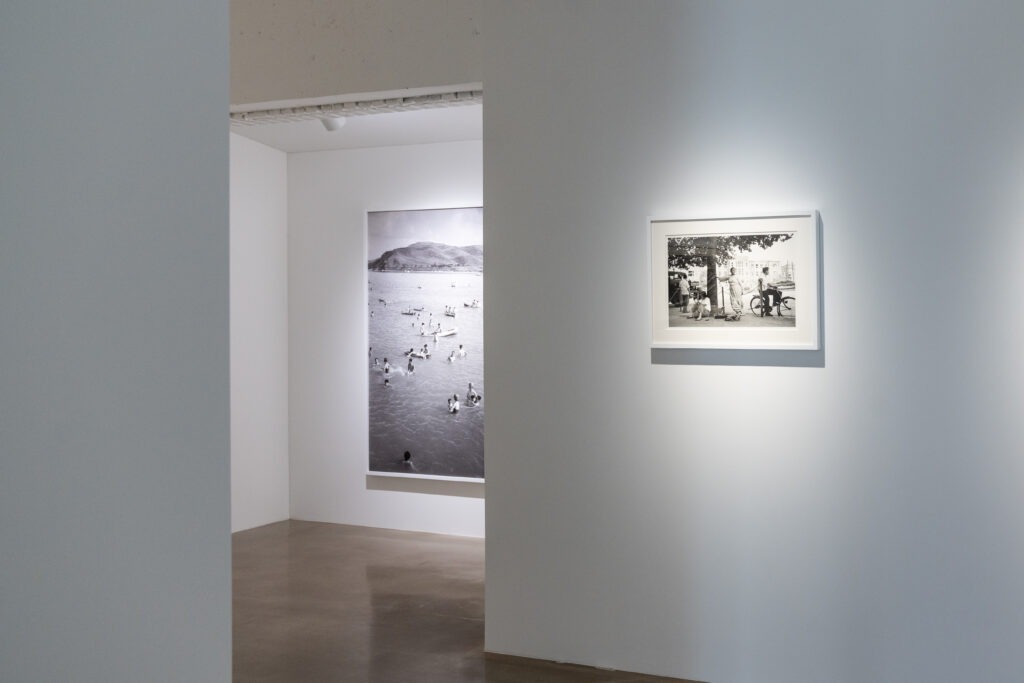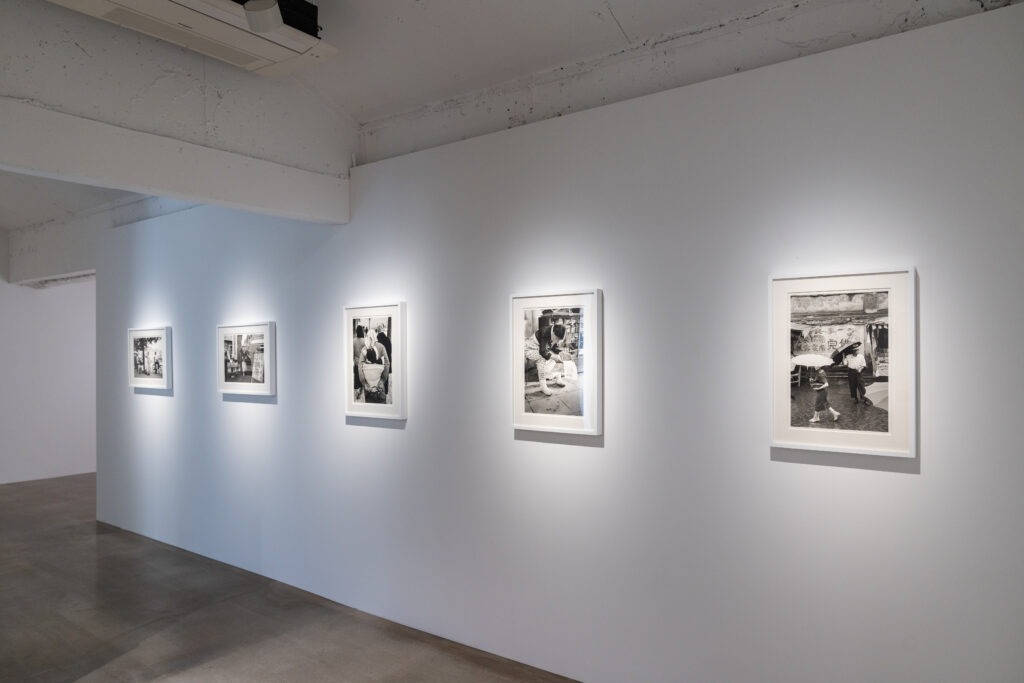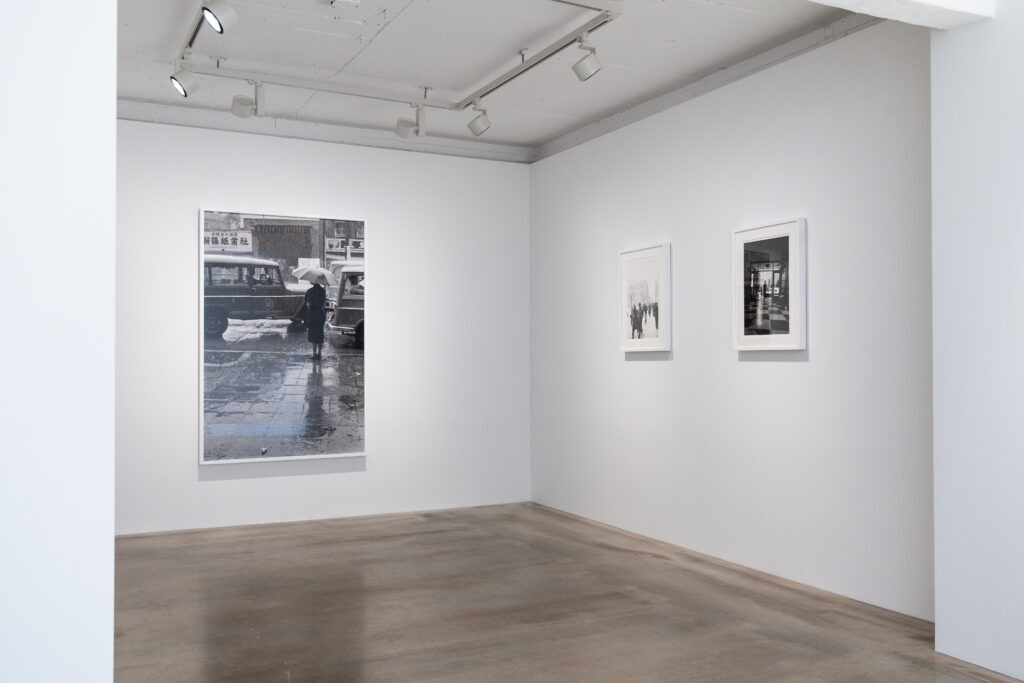
| Period| | 2021.05.25 - 2021.06.19 |
|---|---|
| Operating hours| | 10:00 - 18:00 Closed on Mon. |
| Space| | BAIK ART/Seoul |
| Address| | 74-13, Yulgok-ro 3-gil, Jongno-gu, Seoul, Korea |
| Closed| | Monday, public holiday |
| Price| | Free |
| Phone| | 010-2174-2598 |
| Web site| | 홈페이지 바로가기 |
| Artist| |
한영수
|
정보수정요청



|
|
Exhibition Information




Korea as seen through the eyes of photographer Han Youngsoo is a place of resilience. For Han, the mandate of photography was democratic – to depict the quotidian difficulties and joys of everyday life. Han was a veteran of the Korean War, and his photographs of women depict their leading role in the building of post-war South Korea. Men were scarce after the war, so women took charge of both business and household affairs. Han saw the future of the nation in these women who went on living and raising families in the aftermath of total devastation and loss. Han Youngsoo was a member of the Shinsunwhue group of photographers, whose first exhibition in 1957 declared them saenghwalchuŭi sajin or “everyday life” photographers. In Seoul, they documented the resurrection of a city destroyed. Attention came to the Shinsunwhue group by way of the Edward Steichen-curated traveling exhibition, The Family of Man, which traveled from MoMA in New York to the Kyongbok Palace Museum in Seoul in 1957, among dozens of global venues. These two events coincided to introduce South Korea to photography as an art form for the first time. Han’s vision of postwar Korea has since become definitive. Han often photographed women at work, quietly refuting popular images of Korean women as passive and long-suffering that had proliferated under Japanese occupation. While poor, the women in Han’s images are empowered, strong, and capable. They simultaneously carry children and loads to market, going about their business without interference from Han’s camera. Han’s realist technique, gleaned from the study of artists like Steichen and Henri Cartier-Bresson, captures the life of the street as it unfolds. Through composition and perspective, Han creates narratives contrasting tradition with modernity, interdependence with independence. (Source = Baik ART)
